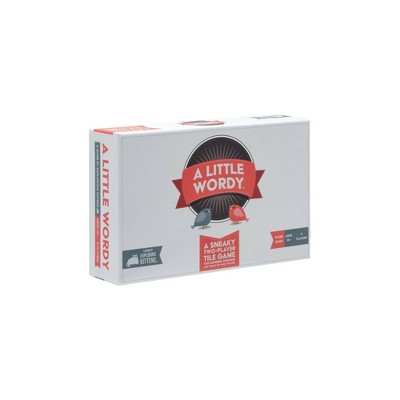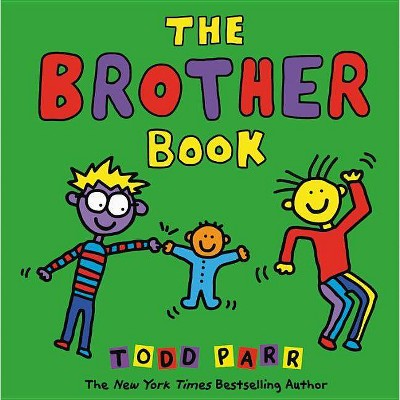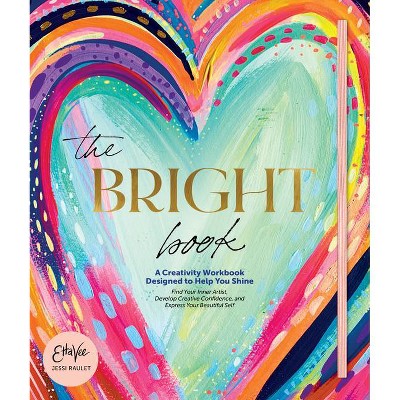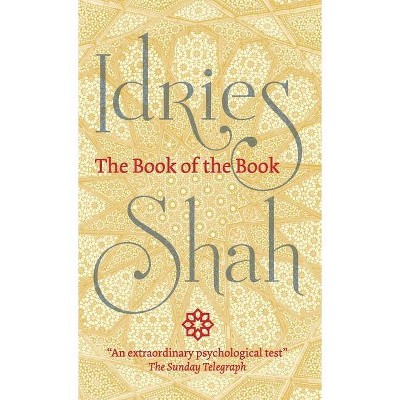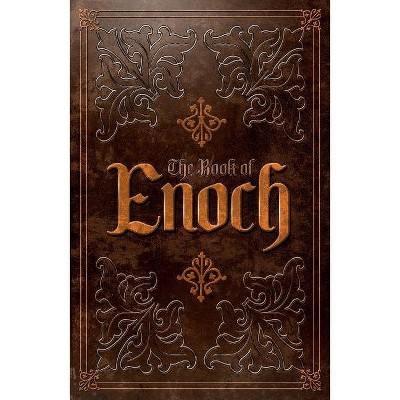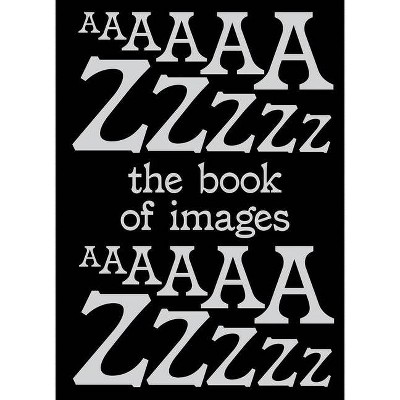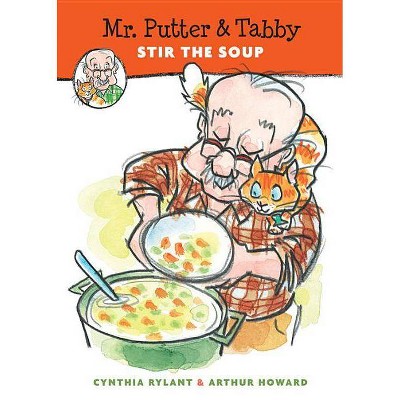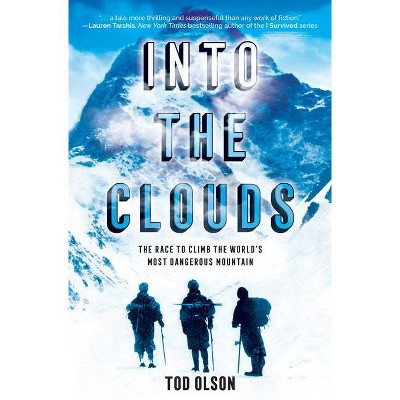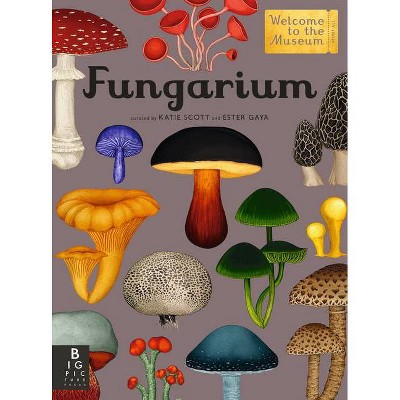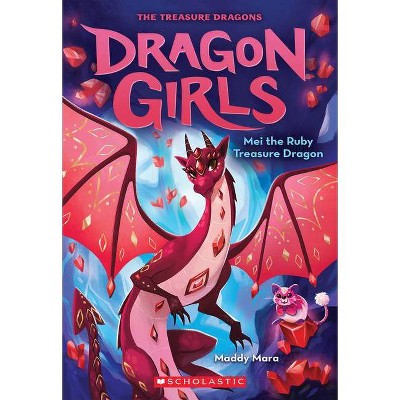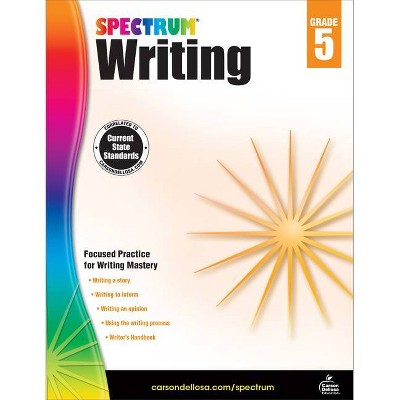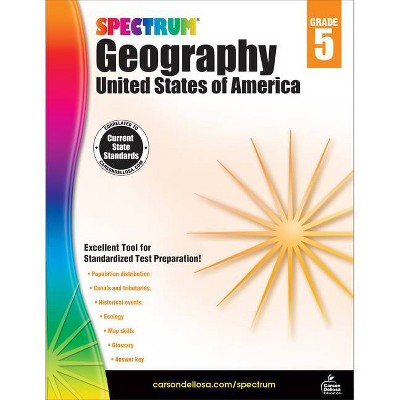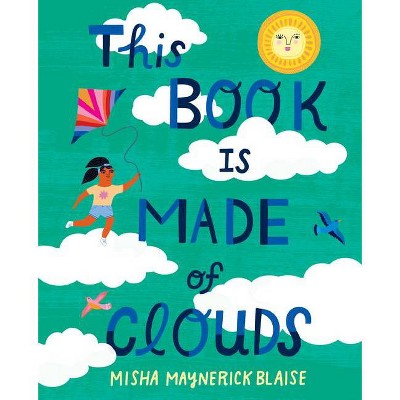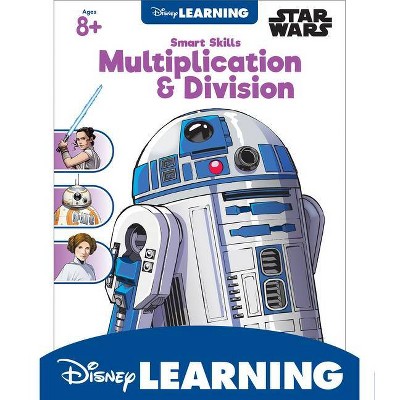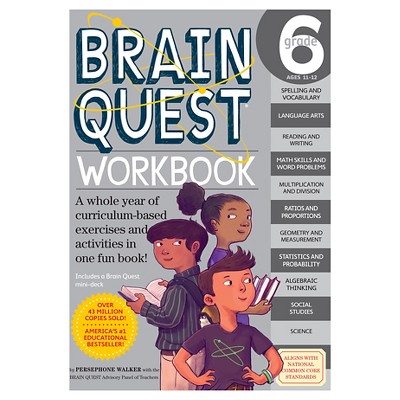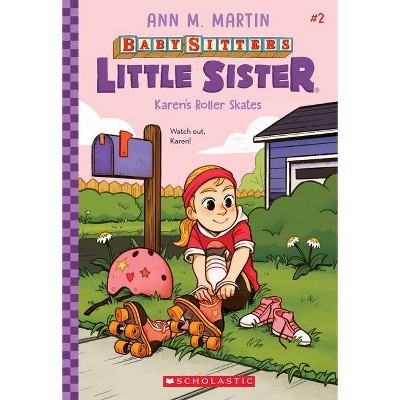The Wordy Book - (Hardcover)
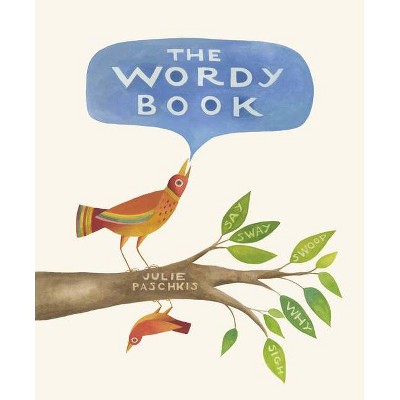
Similar Products
Products of same category from the store
AllProduct info
<p/><br></br><p><b> About the Book </b></p></br></br>What happens when words and pictures coexist, bump into one another, are in constant conversations? How might words paint a bird, while that very bird sings the words themselves? This book invites readers to participate in a vibrant celebration of language itself.<p/><br></br><p><b> Book Synopsis </b></p></br></br><i>"Some children's books feel like classics the first time one encounters them. It's not hard to imagine young poets embracing </i>The Wordy Book<i> as warmly as new generations keep embracing </i>The Little Prince<i>."</i> ―Naomi Shihab Nye, for the <i>New York Times</i><p><i><br></i></p><p><b>What happens when words and pictures coexist, bump into one another, are in constant conversations? How might words paint a bird, while that very bird sings the words themselves? This book invites readers to participate in a vibrant celebration of language itself.</b><br></p><p><br></p><p>This book is a collection of paintings made up of words upon words, all moving, interacting, and creating a visually stunning and wordy universe. Each page contains a question to be answered with the words that lie within. What happens when words and pictures coexist in such a way, bump into one another, are in constant conversation? How might words paint a bird, while that very bird sings the words themselves? This book invites readers to participate in a vibrant celebration of language itself.</p><p></p><p/><br></br><p><b> Review Quotes </b></p></br></br><br><p>"Some children's books feel like classics the first time one encounters them. 'What does a word think about?' the artist and writer Julie Paschkis asks on the first double-page spread of <em>The Wordy Book.</em> This and other evocative questions... punctuate a dazzling array of richly colored, riveting paintings. Folkloric and elegant, this book invites slow, meditative drifting. Paschkis is the illustrator of more than 25 children's books, and her poetic sensibility girds every page. Absorbing layers of waves, leaves and petals, boats, birds and people, all threaded with words, sustain the magic of her visual language. The whole head full of 'maybe, ' with the word 'yes' repeating inside a smaller head, is a miracle of whimsy and wonder. An engaging author's note reminds us that 'a word can be savored for its sound and shape as well as for its meaning' and that 'the meaning can be fluid.' It's not hard to imagine young poets embracing <em>The Wordy Book</em> as warmly as new generations keep embracing <em>The Little Prince</em>." <b>--</b><em><b>New York Times</b></em></p><p><br></p><p>★ "Talk about painting with words. Author/illustrator Paschkis plays with them, too, and encourages readers to do likewise. In the process, she explores the elasticity and seemingly endless possibilities of language. The vividly colored, wittily detailed, folk-style paintings on double-page spreads organically incorporate words into the artwork in wondrous, creative ways. Words frequently repeat in different sizes and colors; illustrated images include words that sound or are shaped like them, are variations of them, rhyme or nearly rhyme with them, sort of resemble them, are sort of spelled like them, etc. A bouquet of flowers in a vase sports roses exuding the scents of slumber, sultry, shush, and other evocative words beginning with S; on a daisy's petals readers find dizzy, doozy, lazy, jazzy; lief, leap, life, and more decorate the leaves. Delightful words--many of which readers won't know, and that's OK--flex vocabulary and spelling muscles to the max and also enhance readers' visual and auditory senses when the pictures are taken in. Furthermore, the spreads are connected to thought-provoking questions. Some inspired the paintings, or vice versa, and themselves contain examples of wordplay. Persons depicted have diverse skin tones. The book makes a great springboard for creative-thinking activities in writing and art units in classroom and library programs. Keep dictionaries handy. Endpapers abound with swirling words readers can savor (and look up). In a word, a feast for the eyes, brain, and artistic imagination." <b>--STARRED REVIEW, <i>Kirkus</i></b><br></p><br><p><br></p><p>"Words are the subject of this reverie by Paschkis, who incorporates them into striking, dreamlike folk-art. In rhythmic compositions that feature birds, mammals, and humans wearing intricately patterned clothing in shades of blue, fresh greens, deep fuchsia, and dramatic black, areas of color are paved with small tiles, each one emblazoned with its own hand-lettered word... Questions lead only to more questions in this mesmerizing exploration of sound, form, and color. Back matter features an author's note.<em>" <b>--Publishers Weekly</b></em></p><p><br></p><p>"Devoted to the tricks and beauties of the English language, <i>The Wordy Book</i>, by Julie Paschkis, has lush illustrations and an enigmatic text that would be useful for sparking conversation at bedtime with anyone over perhaps the age of 4 or 5. 'When does there become here?' Ms. Paschkis asks. 'What tells me more--an if or an or?' These posers are accompanied by richly colored folkloric pictures, many with words woven into their patterns. The question 'Do you see what I see?' runs beside a painting of a white vase--or is it the space between two silhouetted faces?--with flowers whose petals and leaves are decorated with words such as 'happy/sappy/zippy' and 'worry/flurry/fury.' The strangeness is part of the beauty; the beauty is in the strangeness." <b>--<i>Wall Street Journal</i></b><br></p><p><i><br></i></p><em>"</em>With tree trunks whose bark is layer on layer of sinewy words, with landscapes that curve and coax along with playful energy about sounds and meanings, and with a sensibility that is part New Age and all childlike, Paschkis winds her way through paintings that ask questions and questions that point to many answers. The art is folkloric, with colorful birds, animals, and people, but also surreal in the compositions, which provide readers with plenty to consider... This book asks a lot but has perfect appeal for the dreamy child who loves to be immersed in both words and pictures." <b>--<em>School Library Journal</em></b></p><br><p><br></p><p><br>"This gorgeously illustrated book is full of words waiting to be discovered! Snuggle up and get ready to spend hours reading and re-reading this dreamy, mesmerizing book, where art and literature go hand in hand." <b>--Kate Towery, Fountain Bookstore (Richmond, VA)<br></b></p><br><p/><br></br><p><b> About the Author </b></p></br></br><b>Julie Paschkis</b> was born in Pennsylvania and attended Germantown Friends School, Ringerike Folkehogskole in Norway, Cornell University and the School for American Craftsmen at RIT. She taught art to grade school children for about 8 years. During that time she continued to work on her own art and illustration. In 1991 she stopped teaching to commit herself to doing art full time. That art includes painting, illustration, and illustrating children's books. All of it is connected to storytelling. Julie has published nearly 25 children's picture books, including a much acclaimed one about the poet Pablo Neruda. <i>The Wordy Book</i> is a book of gorgeous word painting on which Julie has worked for many years. It celebrates the imagination and the playful expressiveness, the sheer richness and beauty of language. Julie lives in Seattle, WA with her family and community.
Price History
Cheapest price in the interval: 17.69 on October 23, 2021
Most expensive price in the interval: 17.69 on November 8, 2021
Price Archive shows prices from various stores, lets you see history and find the cheapest. There is no actual sale on the website. For all support, inquiry and suggestion messagescommunication@pricearchive.us

